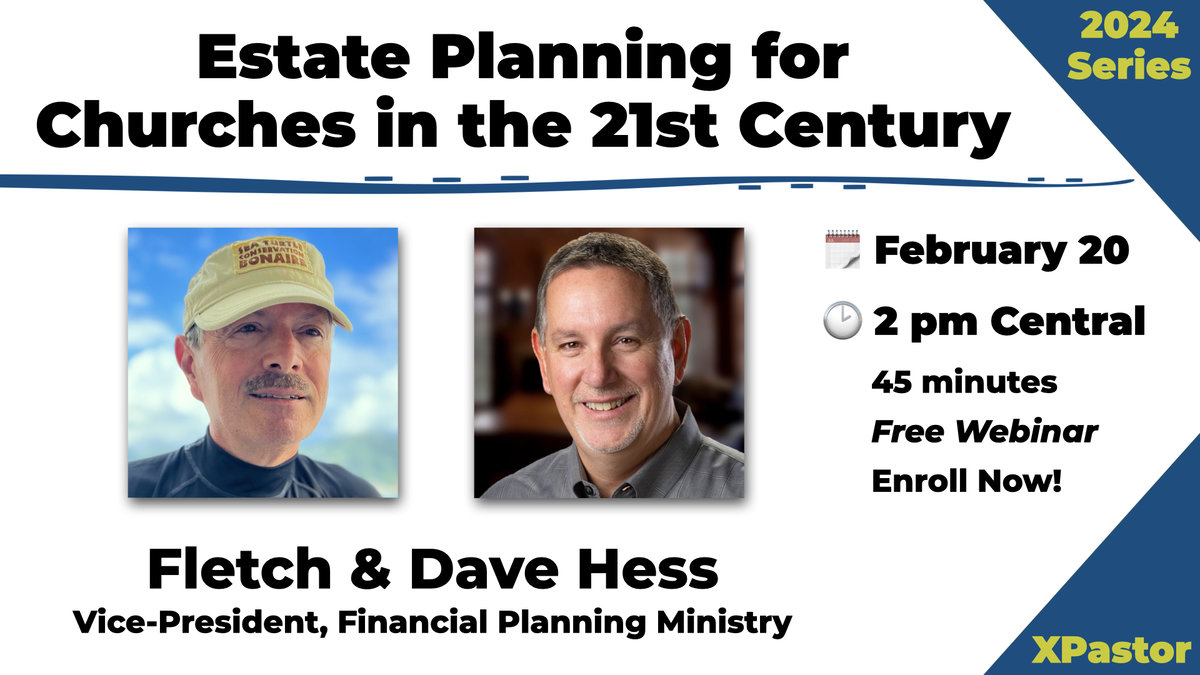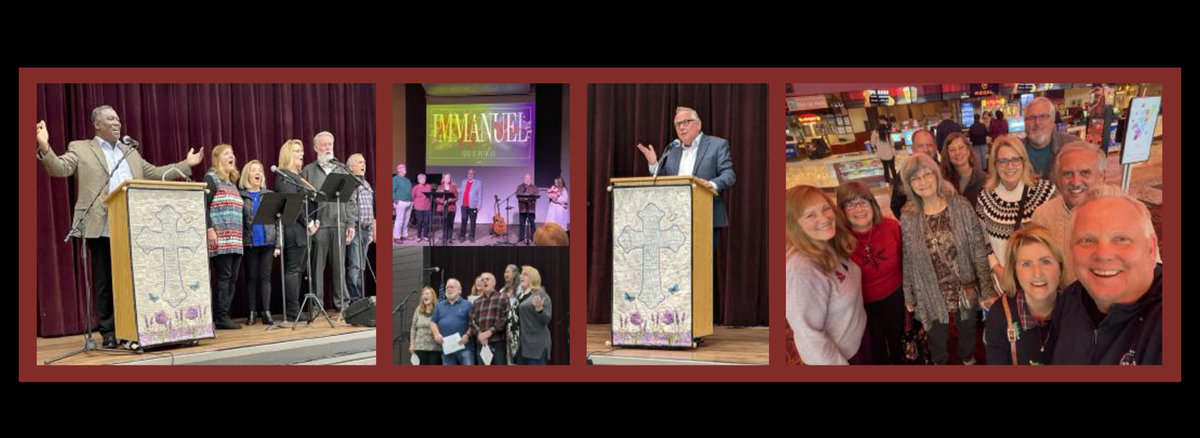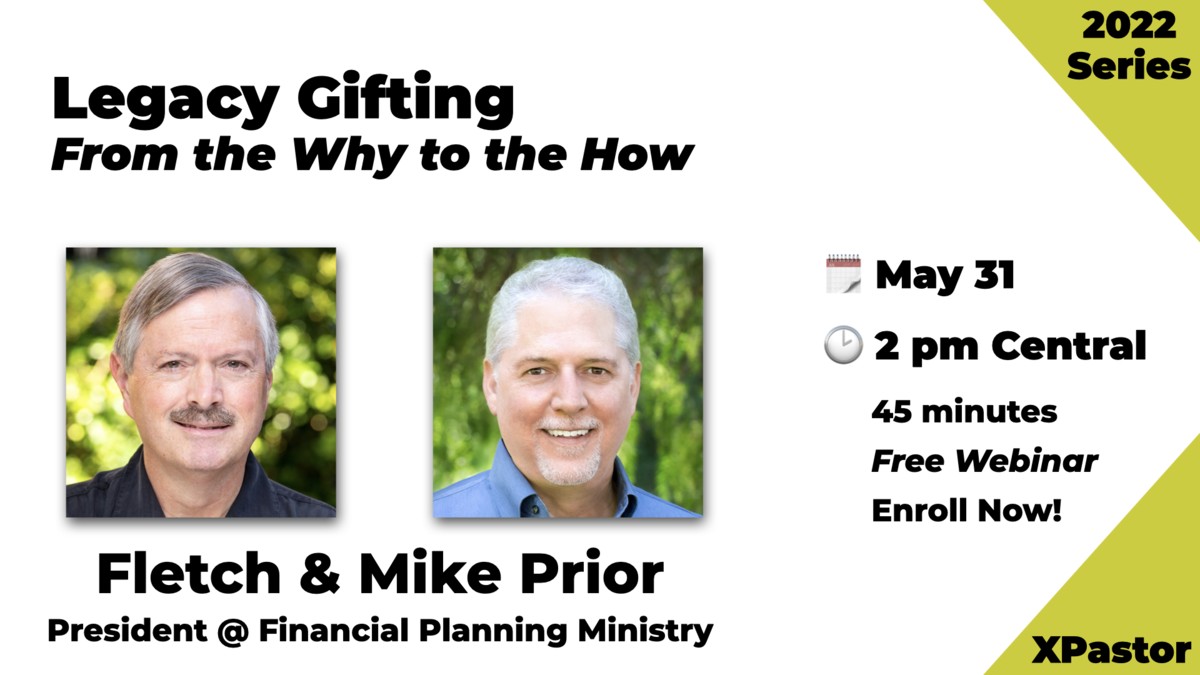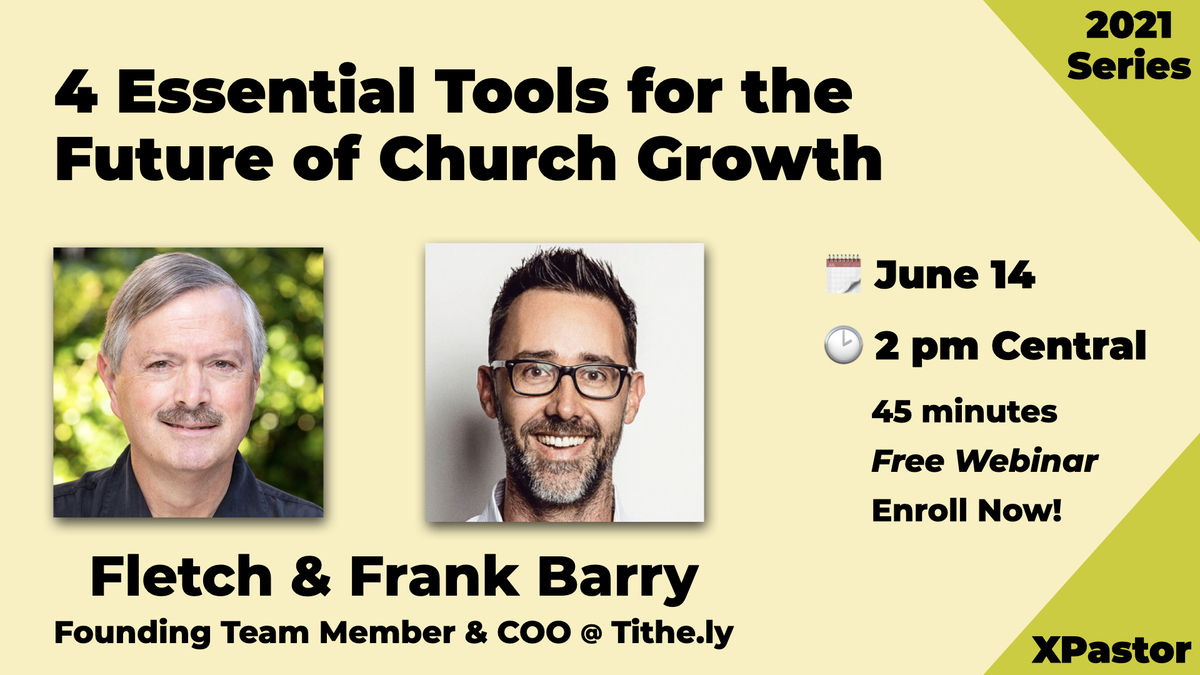In recent months I have dealt with three non-profit clients who were thinking about suspending their capital campaign plans due to the dreadful condition of the economy. Several factors led these top-flight executives to consider this action:
- Reluctant influential board members who had experienced serious portfolio losses.
- Recent declines in charitable giving to their non-profit organizations.
- Serious losses in their “managed funds” investments.
In each case, the common denominator was fear of the future, both for their organization’s survival and the long-term effect on their clientele if the charity were to collapse. Unfortunately, these three executives are not the exception in this prolonged time of economic uncertainty.
Whenever a church or other non-profit organization begins to seriously address the need for aggressive growth and expansion in a down economy, there is automatic, fear-driven pushback from those influential friends and donors stung by the economic recession. Their reluctance is understandable, since they envision being asked to contribute depressed stock from depleted portfolios. In addition, their understanding of the impact of precipitous revenue declines in any business, profit or non-profit, creates an inherent bias against aggressive growth strategies during such declines.
While understandable, this perspective is somewhat short-sighted and could significantly restrict the opportunity for growth that naturally accompanies market turmoil. Here are four reasons why now is the time to proceed aggressively with plans for capital campaigns and not hold back until the economy improves.
1. The message of hope that is reflected in every church or non-profit organization must be delivered to audiences regardless of economic conditions.
Most ministries and charities operate as beacons of light in the midst of all circumstances, not just favorable ones. Capital campaigns are the ideal time to cast the organization’s message of inspiration in fresh relief for all of their constituencies to see. Delivered with compelling flesh-and-blood urgency, this message can reenergize a struggling donor base. Building on cogent and insightful rationale, a new campaign’s case statement can provide a basis for renewed giving, not only to counter the financial impact of the current crisis but to sustain the organization far into the future.
We should never lose sight of the God-given human need to give. Many philanthropically-inclined individuals believe that it is because they gave sacrificially during some of their most challenging economic times that God has blessed them with material wealth today. So, rather than shrink from the opportunity to build a stronger organization in tough times, we should recommit ourselves to:
- Educating our constituencies about the recurring cycles of our economy, reminding them that “this, too, shall pass.”
- Recasting the vision of the organization in more urgent and compelling language, with plans for significant expansion of services to meet needs of future generations.
- Reminding our donors that giving during challenging times is a matter of faith and belief in a brighter future because of our worldview, and that our worldview determines our charitable giving.
2. During difficult economic times, the most pressing needs emerge.
Non-profits are severely restricted from realizing their vision without a continuous infusion of money. These needs will be there tomorrow as surely as they are here today. To delay means to fall further and further behind in meeting essential needs. Today is the day to deal with the financial needs of the organization, not when they become even more overwhelming. These needs are best expressed and addressed when everyone in the organization—from the president or pastor to the board chair to staff to recipients of services to hard-pressed donors and friends—feels the pain of not being able to achieve the organization’s noble ambitions.
3. All campaigns begin with an analysis of the likelihood of success.
If done properly, a feasibility study will uncover areas that need to be improved before launching a campaign. These corrections can take six to twelve months to complete, depending on the severity of the deficiency. Delaying the gathering of this essential information and implementing needed changes places the organization at a significant disadvantage. This is why I am constantly advising non-profits to move forward now. If only half of them heed my advice and begin campaign planning now, they will be considerably ahead of those who are retrenching. They will already be in the marketplace with thoughtful, well-conceived campaigns when others are just beginning to plan.
One key question asked of major donors is: “If this campaign is launched in the next three months, where would you place yourself on the pyramid of gifts table (see PDF below) constructed for this campaign.” Answers to this question become an important determinant of the likely success of the proposed campaign. Given the impact of this economy on major donors’ portfolios, I ask two follow-up questions to help clarify the potential giving of a financially troubled donor: “At what point in this current economic climate do you believe you might be comfortable committing funds to support this campaign? What level of commitment might you be comfortable with five to seven years from now?”
These questions communicate that you understand your donors’ current plight and provide a basis for discovering their true potential for giving in an extended campaign. Remember that most fundraising campaigns last five to seven years, and gifts need to come in throughout the life of the campaign.
4. If the organization has been suffering with a significant downturn in contributions, its stability has undoubtedly been affected.
It takes time to stabilize a troubled non-profit and get it growing again. A consistently nurtured donor pool is essential to this process. For example, it is unrealistic to approach an unfamiliar or vaguely familiar donor and immediately expect a large gift (see Timeline A on PDF below). It takes time to build a relationship with a major donor (see Timeline B on PDF). After that first conversation, there are follow-up visits before presentation of a formal proposal. Then the donor deliberates before deciding whether to come on board.
This complex process is energized by the early goals and objectives laid down in the planning stages of a fundraising campaign. If everyone knows that in year two of a campaign’s five-year timeline, we will need fifty donors who can give a mid five-figure gift, all of the organization’s assets are motivated to achieve this goal. I know of no other activity that so clearly motivates an organization toward such a goal as careful planning in the early stages of a major fundraising campaign.
There are your four compelling reasons for not suspending plans for major fund-raising campaigns. They are the reasons all three of the organizations cited above are moving forward with their campaign plans. One has completed a feasibility study and is implementing suggested changes. Another is in the second phase of their feasibility study, implementing suggestions from the first phase. The third has now obtained funding for a feasibility study that will begin within three to six months.
I estimate that all three of these non-profit organizations will be fully engaged in raising capital campaign funds within nine months, with excellent probability of success—even in the midst of the worst recession in more than fifty years.
View examples and timelines in original PDF: Capital Campaigns











